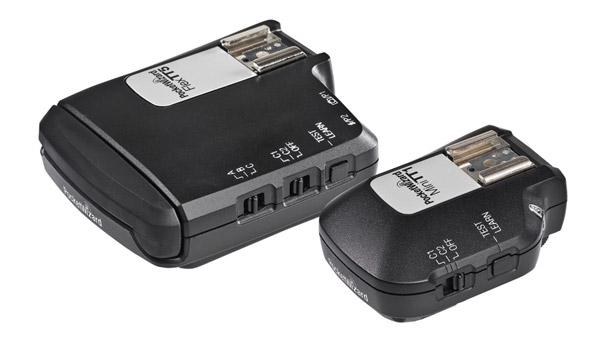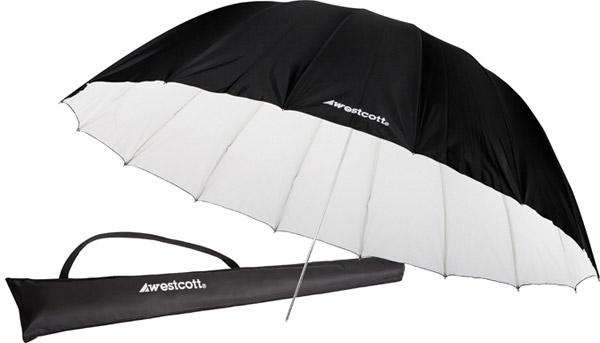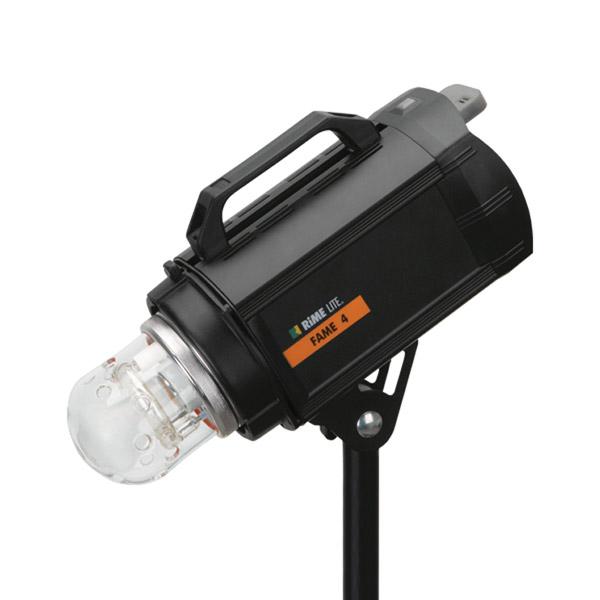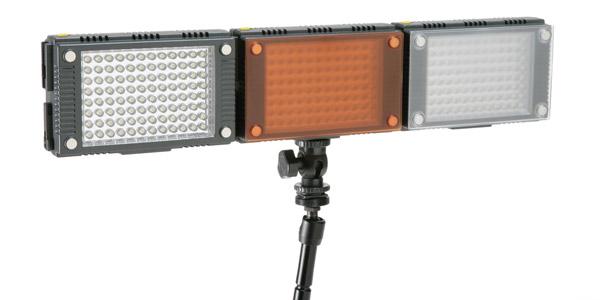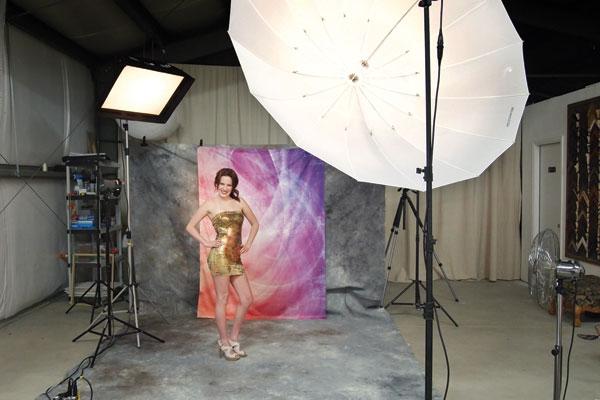Lighting Reviews
Sort By: Post Date TitlePublish Date
|
Aug 24, 2012 |
First Published: Jul 01, 2012 |
|
Jul 10, 2012 |
First Published: Jun 01, 2012 |
|
May 14, 2012 |
First Published: Apr 01, 2012 |
|
Apr 18, 2012 |
First Published: Mar 01, 2012 |
|
Apr 12, 2012 |
First Published: May 01, 2012 |
|
Apr 10, 2012 |
First Published: Mar 01, 2012 |
|
Mar 07, 2012 |
First Published: Mar 01, 2012 |
|
Jan 10, 2012 |
First Published: Dec 01, 2011 |
|
Dec 27, 2011 |
First Published: Nov 01, 2011 |
|
Dec 21, 2011 |
First Published: Nov 01, 2011 |
|
Dec 20, 2011 |
First Published: Nov 01, 2011 |
|
Dec 14, 2011 |
First Published: Nov 01, 2011 |
|
Dec 13, 2011 |
First Published: Nov 01, 2011 |
|
Dec 08, 2011 |
First Published: Nov 01, 2011 |
|
Nov 18, 2011 |
First Published: Oct 01, 2011 |
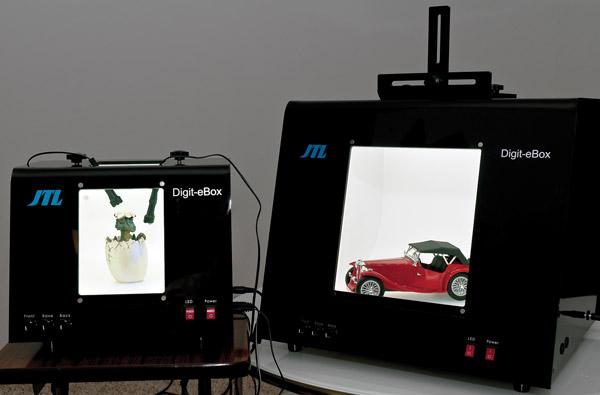
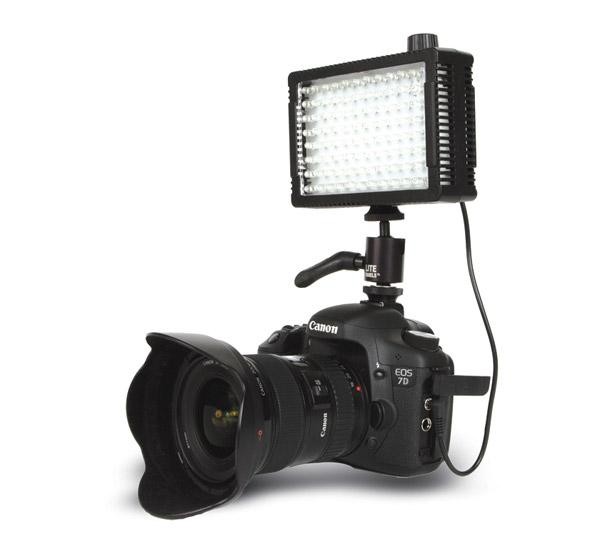

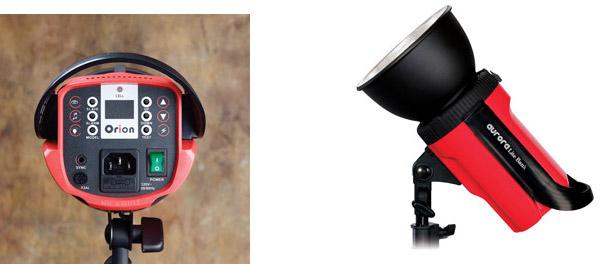
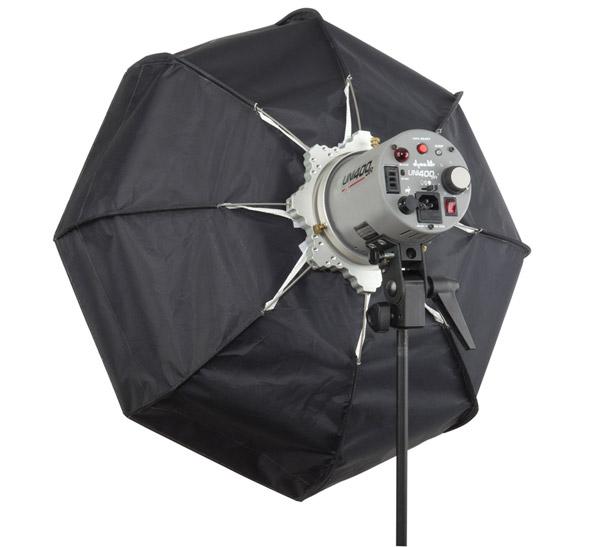
 “Lighting is really common sense and personal observation. This is applied to a few rules of photography which cannot be broken and to others which I tend to bend a little.”—Paul Beeson
“Lighting is really common sense and personal observation. This is applied to a few rules of photography which cannot be broken and to others which I tend to bend a little.”—Paul Beeson

